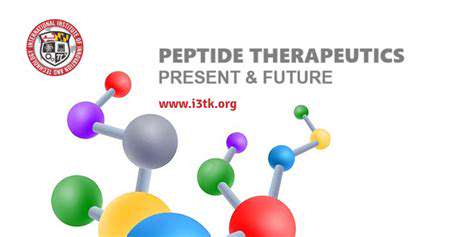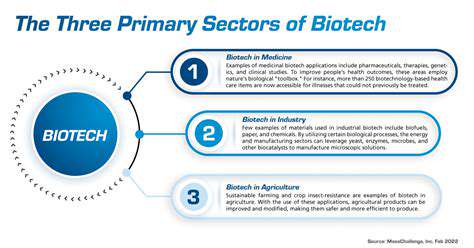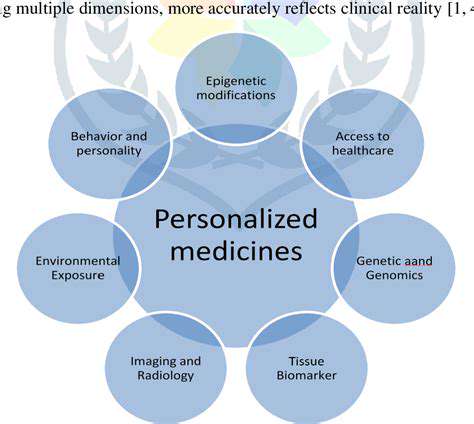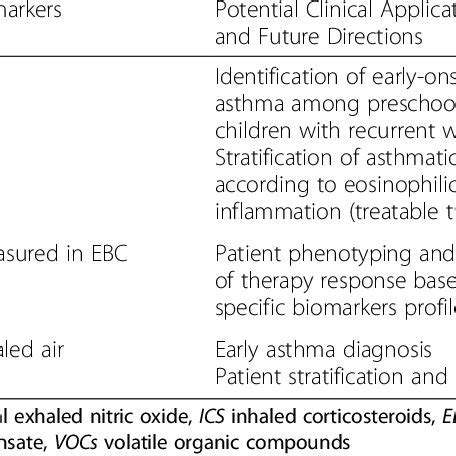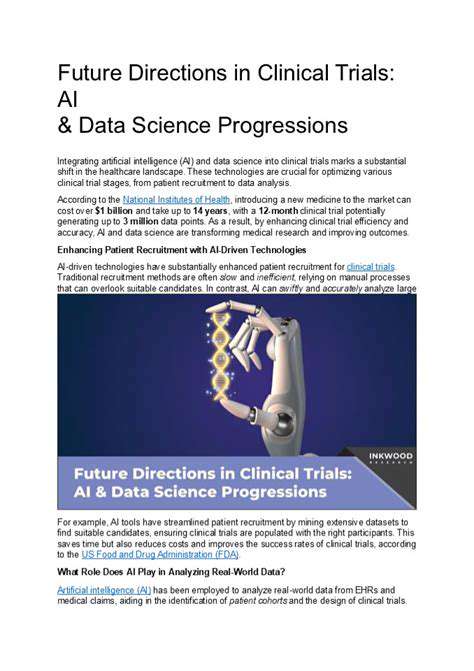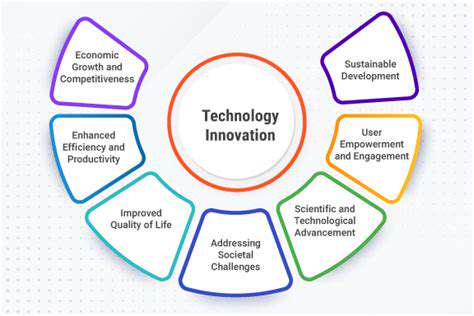The Growing Importance of Peptide Therapeutics
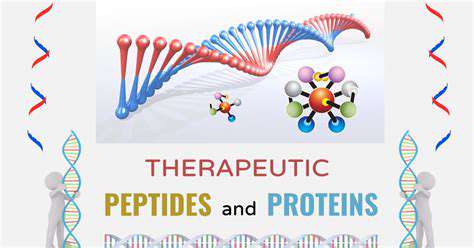
Peptides in Biotechnology
Peptides, those compact chains of amino acids, are transforming biotechnology at an unprecedented pace. Their applications now span far beyond traditional boundaries, with innovative uses emerging in drug discovery, diagnostic tools, agricultural enhancements, and advanced materials. What makes peptides truly remarkable is their structural diversity, allowing precise biological interactions that larger molecules often can't achieve. This molecular precision enables researchers to craft specialized peptides that target specific biological pathways with minimal off-target effects.
The therapeutic potential of peptides represents one of the most exciting frontiers. By engineering peptides to bind exclusively to particular receptors or enzymes, scientists can develop treatments that act like microscopic guided missiles - hitting disease targets with remarkable accuracy while sparing healthy tissues. In diagnostics, peptide-based detection systems offer unmatched sensitivity, capable of identifying specific biomarkers at concentrations that would escape conventional detection methods. These capabilities are driving significant investment and research across the pharmaceutical industry.
Peptide Applications in Medicine
Medical applications of peptides demonstrate their transformative potential. Perhaps most revolutionary is their role in creating next-generation pharmaceuticals. Unlike traditional small-molecule drugs that often affect multiple biological pathways, peptide therapeutics can be designed to interact with exquisite specificity - activating or inhibiting single molecular targets with surgical precision. Researchers are actively exploring peptide solutions for complex conditions including metastatic cancers, Alzheimer's disease, and autoimmune disorders, where current treatment options remain limited.
The regenerative potential of peptides offers equally compelling possibilities. Certain peptide sequences demonstrate remarkable abilities to stimulate tissue regeneration and accelerate wound closure. These properties are being harnessed to develop treatments for chronic wounds that resist conventional therapies, as well as for regenerating damaged neural and cardiac tissues. The potential to repair rather than simply manage tissue damage represents a paradigm shift in medical treatment approaches.
Peptide Materials Science
Materials science is witnessing a peptide revolution of its own. Researchers are tapping into peptides' natural tendency to self-assemble into complex structures, creating materials with properties that conventional chemistry struggles to achieve. These bioinspired materials combine the best of biological systems (biocompatibility, precise molecular recognition) with engineered functionality - opening possibilities from implantable medical devices to environmentally friendly industrial materials.
Smart materials that respond to environmental cues represent another frontier where peptides shine. By designing sequences that change conformation in response to temperature, pH, or specific molecular signals, scientists are creating the next generation of responsive materials. Applications range from drug delivery systems that release payloads only at disease sites to biosensors that provide real-time health monitoring through simple color changes.
Harnessing the Power of Peptide Design and Engineering
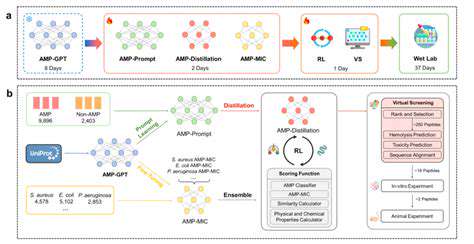
Peptide Design Strategies for Enhanced Functionality
The art of peptide design has evolved into a sophisticated discipline combining computational prediction with experimental validation. Modern approaches go beyond simple sequence selection, incorporating structural modifications like cyclization (creating molecular loops for stability), non-natural amino acids (expanding chemical functionality), and precise post-translational modifications. The key to success lies in mastering the complex dance between amino acid sequence, three-dimensional folding, and biological activity - a relationship that continues to challenge and inspire researchers.
Strategic amino acid selection forms the foundation of effective peptide design. Hydrophobic residues might be positioned to facilitate membrane penetration, while charged groups can be arranged to create precise electrostatic interactions. It's this molecular-level control that allows researchers to engineer peptides with drug-like properties - balancing stability, specificity, and bioavailability in ways that were unimaginable just a decade ago. The process has become increasingly sophisticated through machine learning algorithms that can predict optimal sequences from vast chemical libraries.
Exploring Applications in Therapeutics
Peptide therapeutics occupy a unique niche between small molecule drugs and biologics. Their compact size grants them access to biological targets that evade larger proteins, while their precise binding capabilities exceed those of traditional pharmaceuticals. This Goldilocks zone of molecular properties makes them particularly valuable for targeting undruggable proteins that resist conventional approaches. The ability to cross biological barriers while maintaining specificity gives peptide drugs advantages in treating conditions from metabolic disorders to rare genetic diseases.
Oncology represents one of the most promising areas for peptide therapeutics, where they can be designed to specifically target cancer cell markers while sparing healthy tissues. Beyond direct therapeutic effects, peptides show tremendous potential as targeting moieties - guiding drug-loaded nanoparticles or imaging agents precisely to disease sites. This targeting capability could revolutionize both treatment and diagnosis across multiple medical specialties.
Peptide Synthesis and Characterization
Modern peptide synthesis combines the reliability of solid-phase techniques with innovative purification methods to produce complex sequences with pharmaceutical-grade purity. The field has progressed remarkably from the early days of peptide chemistry, with automated synthesizers now capable of producing sequences that challenged the field's pioneers. Purification technologies have kept pace, with advanced HPLC systems capable of resolving even subtle structural variations that could impact biological activity.
The analytical toolbox for peptide characterization has expanded dramatically, allowing researchers to verify not just sequence accuracy but also higher-order structure and biological activity. Mass spectrometry now provides atomic-level resolution, while circular dichroism and NMR spectroscopy reveal the three-dimensional structures that determine function. These rigorous quality controls are essential as peptides move from research tools to clinically approved therapeutics.
Harnessing Peptide Mimicry for Novel Materials
Peptide-inspired materials represent a fascinating convergence of biology and materials science. By studying how natural peptides self-assemble into functional structures (like spider silk or amyloid fibers), researchers are developing synthetic analogs with tailored mechanical, electrical, and responsive properties. These bioinspired materials often outperform their purely synthetic counterparts in complex biological environments, opening new possibilities for medical implants, tissue scaffolds, and environmentally responsive coatings.
The ability to encode material properties at the molecular level through peptide design represents a fundamental shift in materials engineering. Rather than top-down manufacturing, these materials build themselves through programmed molecular interactions - an approach that could enable everything from self-healing surfaces to adaptive optical materials. The field continues to uncover new ways that peptide-based materials can interface with biological systems while maintaining precise control over material properties.
Impact of Computational Modeling in Peptide Design
Computational approaches have transformed peptide design from an empirical art to a predictive science. Modern molecular dynamics simulations can now accurately model peptide folding and interactions over biologically relevant timescales, while machine learning algorithms analyze vast datasets to identify sequence-activity relationships. These tools allow researchers to virtually screen millions of potential sequences before synthesizing a single molecule - dramatically accelerating the discovery process.
Perhaps most exciting is the convergence of computational power with experimental automation, creating feedback loops where simulation predictions inform real-world testing, and experimental results refine computational models. This virtuous cycle promises to unlock peptide functionalities that current methods can't yet imagine, potentially leading to breakthroughs in areas from antimicrobial peptides to peptide-based electronics.
The Role of Advanced Screening and Analytical Techniques
Advanced Screening Methods for Peptide Drug Discovery
Modern screening platforms have revolutionized how we discover bioactive peptides. Where traditional methods might test hundreds of compounds, contemporary high-throughput systems can evaluate millions of sequences in the time it once took to screen a few dozen. These systems now incorporate sophisticated detection methods - from fluorescence polarization to microfluidic sorting - that provide detailed information about binding kinetics and biological activity. The integration of artificial intelligence has further enhanced these platforms, with algorithms that learn from each screening round to prioritize the most promising candidates for subsequent testing.
Display technologies (phage, yeast, mRNA) continue to evolve, offering powerful ways to identify peptides that bind targets with extraordinary specificity. These systems effectively evolution in a test tube, allowing rare high-affinity binders to be selected from libraries containing billions of variants. Recent advances now enable screening for not just binding, but also functional activity - identifying peptides that can modulate their targets in specific ways (activation, inhibition, or allosteric regulation).
Analytical Techniques for Peptide Characterization
The analytical toolbox for peptide characterization has expanded to meet the demands of pharmaceutical development. Modern mass spectrometers can now detect modifications at single-amino acid resolution, identifying everything from oxidation products to subtle sequence variations. Advanced chromatographic methods provide orthogonal validation, separating closely related variants that might escape detection by mass alone. These techniques form the foundation of quality control systems that ensure batch-to-batch consistency in therapeutic peptides.
Beyond chemical characterization, biological assays have grown increasingly sophisticated. Cell-based reporter systems can assess peptide activity in physiologically relevant environments, while biophysical techniques like surface plasmon resonance quantify binding interactions with precise kinetic parameters. This multidimensional characterization ensures that therapeutic peptides meet the rigorous standards required for clinical use.
Structural Insights for Peptide Design
Structural biology techniques continue to push the boundaries of peptide engineering. Cryo-electron microscopy now complements X-ray crystallography and NMR, allowing visualization of peptide-protein complexes that resisted previous methods. These structural insights inform rational design - showing precisely how peptides interact with their targets at atomic resolution. The resulting understanding guides modifications to enhance binding affinity, improve specificity, and increase metabolic stability - all critical factors for therapeutic success.
Improving Peptide Stability and Delivery
The challenge of peptide delivery has inspired numerous innovative solutions. Chemical modifications (PEGylation, lipid conjugation) can dramatically extend circulation time, while novel formulation strategies (nanoparticles, implantable depots) provide controlled release profiles. Emerging technologies like cell-penetrating peptides and targeted delivery systems address the longstanding challenge of getting therapeutic peptides to their sites of action. These advances are transforming peptides from problematic drug candidates into clinically viable therapeutics.
Computational Approaches for Peptide Drug Design
Computational drug design has become indispensable in peptide therapeutics. Physics-based simulations model peptide folding and interactions with unprecedented accuracy, while machine learning algorithms mine vast datasets to predict promising sequences. These computational tools don't replace experimentation, but rather guide it - identifying the most promising candidates from astronomical possibilities. The integration of computational prediction with high-throughput experimentation creates an accelerating cycle of discovery and optimization.
